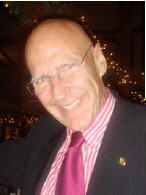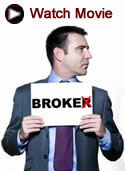8/30/2017· Warnings & Labels
Regulatory agencies (e.g., FDA, OSHA, CPSC, NHTSA, etc.) exist to serve and protect the public from bad actors in the corporate or industrial world whose decisions and actions may lead to products or services that could potentially harm or kill workers and consumers. It would seem obvious, therefore, that the leaders of these agencies would be strong, neutral and objective regulators without close ties to the very industries they must regulate. Under such a model, the best interests of the public could be served without concern for the profits of the regulated industries. Unfortunately, as anyone who reads any newspaper knows too well, that model has never been true. In fact, since the creation of virtually every regulatory agency, the leadership of these agencies have either come from or exited to the very industries they were to regulate.









